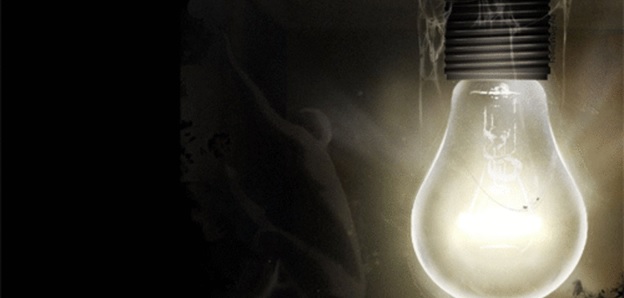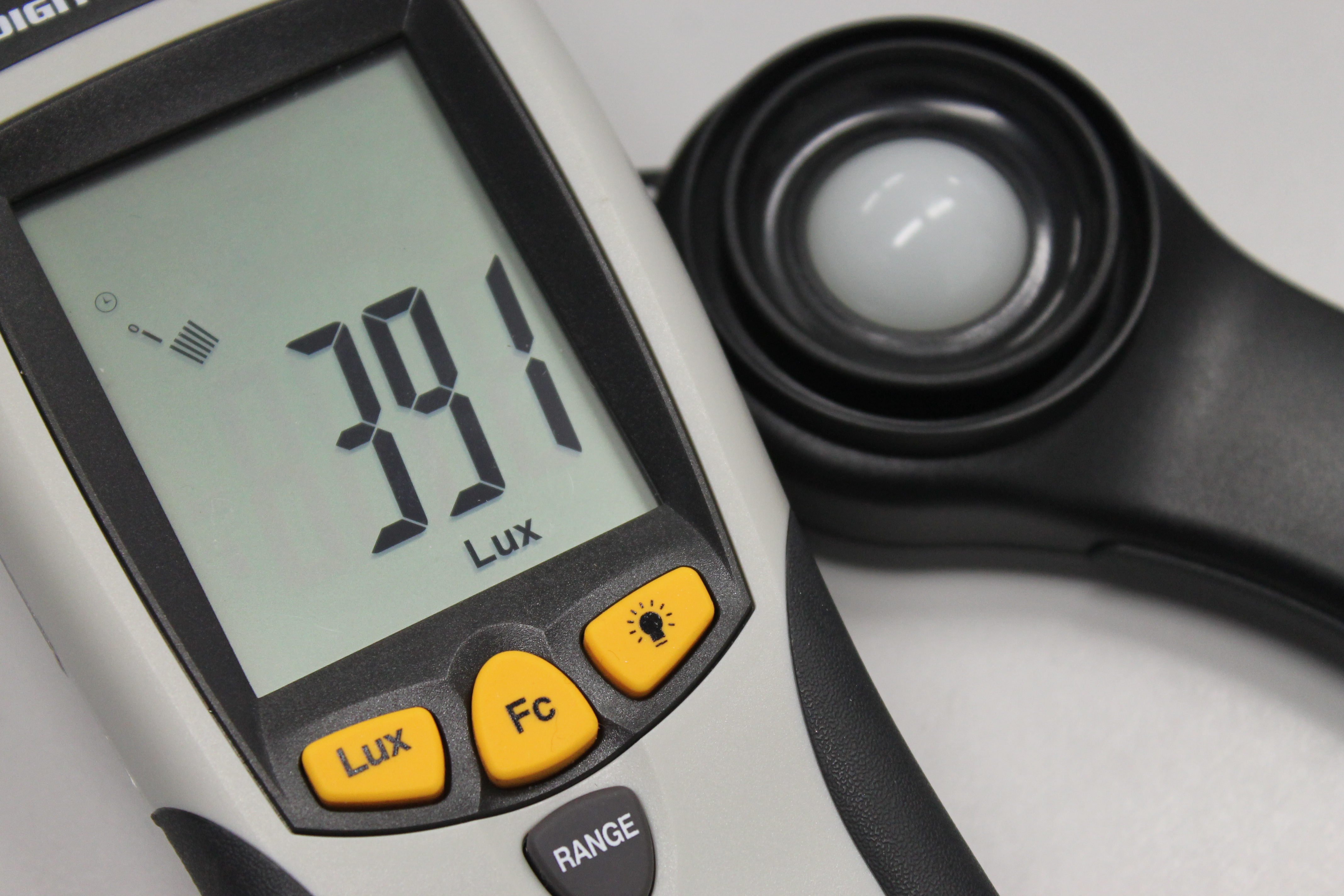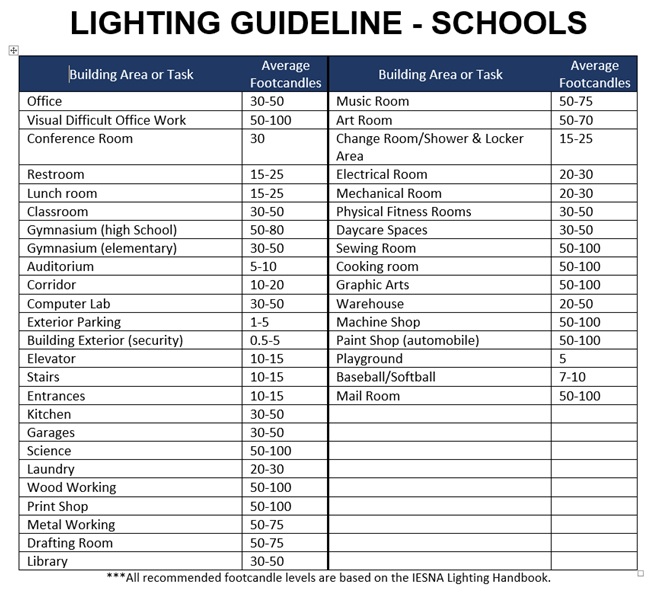Lighting Assessment

Good lighting plays an important role in safeguarding workers by enabling employees to perform their work comfortably and efficiently. There should be an appropriate level of light falling on the surface on which employees are working. Excessive contrast, strong glare and light flickering in their fields of vision may cause adverse problems.
THE ASSESSMENT:
In simple terms, a lighting assessment is a careful examination of the lighting condition in the work environment. It serves to:
- identify the potential hazards arising from the work activity under the current lighting condition in the workplace, such as insufficient illumination, excessive contrast, glare or flicker;
- decide who may be harmed; and
- evaluate the risks and decide whether improvement measures are needed to protect the employees, including but not limited to the lighting provision.

"Illuminance” is a common parameter to be measured in a lighting assessment. It refers to the amount of light falling on a unit area of the work surface and its measurement unit is “lux (lx)”. It is used to evaluate the adequacy of lighting for seeing an object. Illuminance is measured by a luxmeter, which is a handy instrument with a sensor. The measured illuminance is directly displayed in lux (lx).
The amount of light we need varies and depends on:
- type of task being done (such as demands for speed and accuracy);
- type of surfaces (does it reflect or absorb light);
- general work area;
- individual's vision.
In ordinary workplaces, general lighting is provided to give uniform illumination over the work area to meet the lighting requirement for a particular type of work activity, e.g. office, reception or storage. However in some work areas there may be visually-demanding tasks/activities for which more illumination is required than for the surroundings.
If your worksite requires a lighting assessment please contact the divisional Safety Officer.



Please provide your question and email address in the fields below.
Your question has been successfully submitted.
CloseThank you.